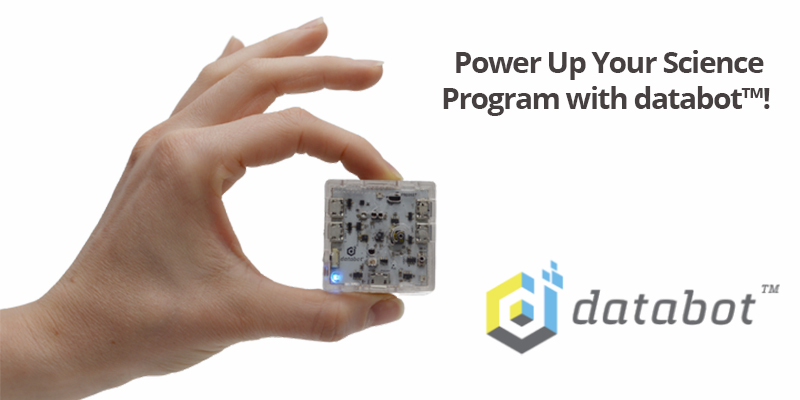Exploring Illuminance with databot™: A Journey into STEM Education for Kids
Light plays a fundamental role in our lives, illuminating our surroundings and influencing everything from our mood and productivity to plant growth and energy consumption. But have you ever wondered how much light reaches different areas of your environment? This is where the fascinating concept of illuminance comes into play, and it’s a perfect topic for STEM education for kids!
Unlocking the Mystery: Illuminance vs. Luminance
Imagine holding a light bulb in your hand. The brightness you perceive is its luminance, essentially the amount of light it emits. However, the light reaching your desk from that same bulb is different. This is illuminance, the measure of light falling on a specific surface area. It’s like the difference between the light source itself and the effect it has on its surroundings, making it a crucial concept for young scientists to understand.
Demystifying Units of Light: Lumens and Lux
To quantify these concepts, we rely on specific units:
- Lumens: These represent the total amount of light emitted by a source, similar to watts for electrical power. Understanding lumens is an important concept that is a part of STEM education for kids, as it helps them to learn about light intensity.
- Lux: Unlike lumens, lux considers the area illuminated. It’s like lumens per square meter, reflecting the actual intensity of light reaching a surface. This unit is particularly relevant for understanding how light interacts with different environments.
Exploring the Inverse Square Law: A Journey of Light and Distance
Have you ever noticed how a light is brighter when you are closer to it? This is because light spreads out as it travels, decreasing illuminance the further you move away. Imagine tossing a pebble in a pond; ripples emanate and become weaker with distance, similar to light’s behavior. This phenomenon, called the inverse square law, is a fundamental principle in STEM education for kids, as it helps them understand how light interacts with the world around them.
databot™: Your Gateway to Illuminating Knowledge
The revolutionary databot™ Ambient Lighting module opens the door to hands-on exploration of the world of illuminance. With its built-in light sensor and intuitive Vizeey™ app, kids can embark on exciting journeys like:
PDQ 1: Mapping the Illuminance Landscape of Your Room
- Armed with your databot™ and the Vizeey™ app, embark on a mission to map the illuminance of your room.
- Choose the “Illuminance” experiment to unlock your light-measuring capabilities.
- Hold databot™ in the designated “home position” and begin your exploration.
- Record the lux value and the location of the brightest and dimmest spots.
- Analyze your findings! Identify factors influencing the illuminance in different areas. Does furniture placement or window size play a role?
PDQ 2: Unveiling the Secrets of Distance and Illuminance
- Set up a fixed light source and mark distances with a tape measure.
- With your databot™ ready, record the lux value at different distances, like 20cm, 40cm, and 100cm.
- Observe the intriguing pattern – as you move away, the lux value decreases significantly. This is the inverse square law in action!
- Calculate the difference in lux between different distances. Is there a proportional relationship?
Beyond the Numbers: Illuminance in Action
By delving into illuminance with databot™, kids gain valuable insights into light’s behavior and its implications for various fields, making it a powerful tool in STEM education for kids. Some examples include:
Lighting Design: Understanding how illuminance varies in different spaces helps students design environments that are both visually appealing and functionally optimal.
Energy Efficiency: Optimizing lighting configurations based on illuminance requirements can significantly reduce energy consumption, promoting sustainable practices.
Plant Growth: Plants thrive under specific illuminance levels. By measuring and adjusting lighting conditions, students can maximize their growth potential.
Light-Based Technologies: Illuminance plays a crucial role in various technologies like self-driving cars and smart homes. Understanding its nuances is key to developing these technologies further.
databot™: Your Key to a Brighter Future
The databot™ Ambient Lighting module (available in Dubai and other regions) serves as a powerful module for unlocking the mysteries of light and its impact on our world. Students develop a deeper understanding of scientific concepts and real-world applications by engaging in hands-on exploration, which is the essence of STEM education for kids. So, grab your databot™ and embark on your journey to illuminate your knowledge!






Recent Comments